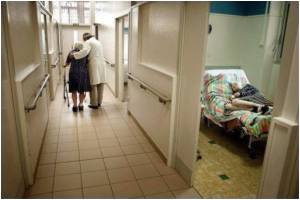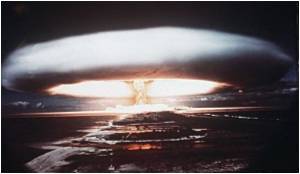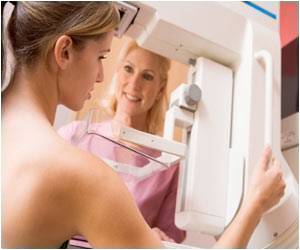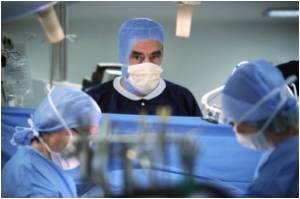
The researchers conducted a retrospective study using Medicare claims from 1998 through 2005 to analyze the distribution of CT scans, determine the ionizing radiation exposure associated with the exams and estimate the associated cancer risk in a population of older adults.
"The study focused on the elderly Medicare population, which receives the highest amount of per capita radiation," Meer said. "We analyzed more than 10 million records from the Medicare claims database."
The data were studied in two groups, including 5,267,230 records from 1998 through 2001 and 5,555,345 records from 2002 through 2005. For each group, the researchers analyzed the number and types of CT scans that each patient received to determine the percentage of patients exposed to "low" radiation doses of 50 millisieverts (mSv) to 100mSv and "high" radiation doses, in excess of 100mSv. They then used standard cancer risk models to estimate the number of cancers induced.
CT scans of the head were the most common examinations, representing 25 percent of the first group and 30 percent of the second group. However, abdominal CT delivered the greatest proportion of radiation, accounting for approximately 40 percent of the total radiation exposure in each group. Imaging of the pelvis and chest represented the second and third largest sources of radiation.
From 1998 to 2001, 42 percent of patients underwent CT scans. From 2002 to 2005, 49 percent of patients underwent CT scans. The percentage of patients exposed to radiation doses in both the low and high ranges approximately doubled from the first group to the second group.The researchers found this to be consistent with the increasing use of high-speed CT in patient diagnosis and management.
Advertisement
"Our findings indicate a significantly lower risk of developing cancer from CT than previous estimates of 1.5 percent to 2.0 percent of the population," said coauthor Scott Atlas, M.D., chief of neuroradiology at the Stanford University Medical Center. "Regardless, the increasing reliance on CT scans underscores the importance of monitoring CT utilization and its consequences."
Advertisement














